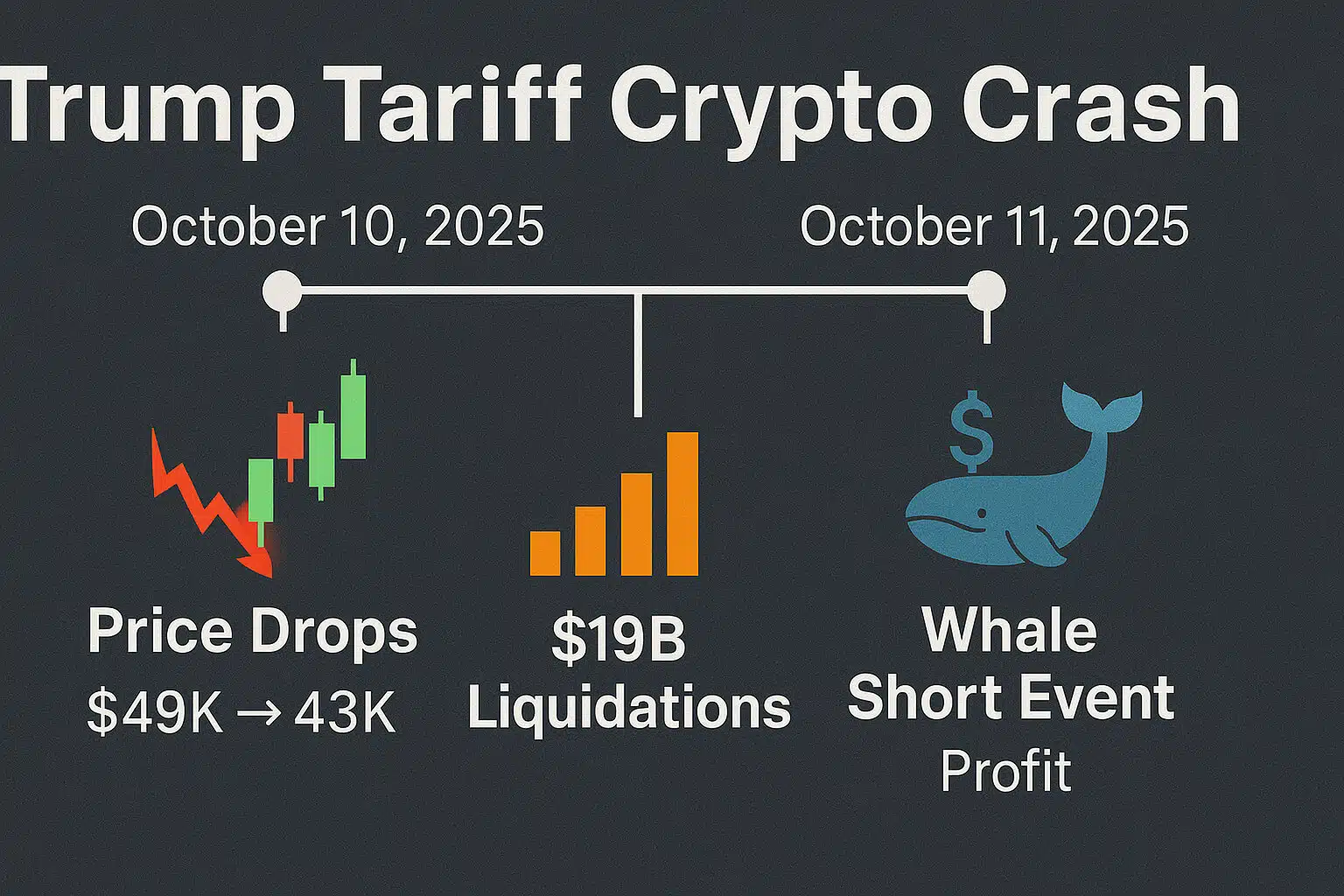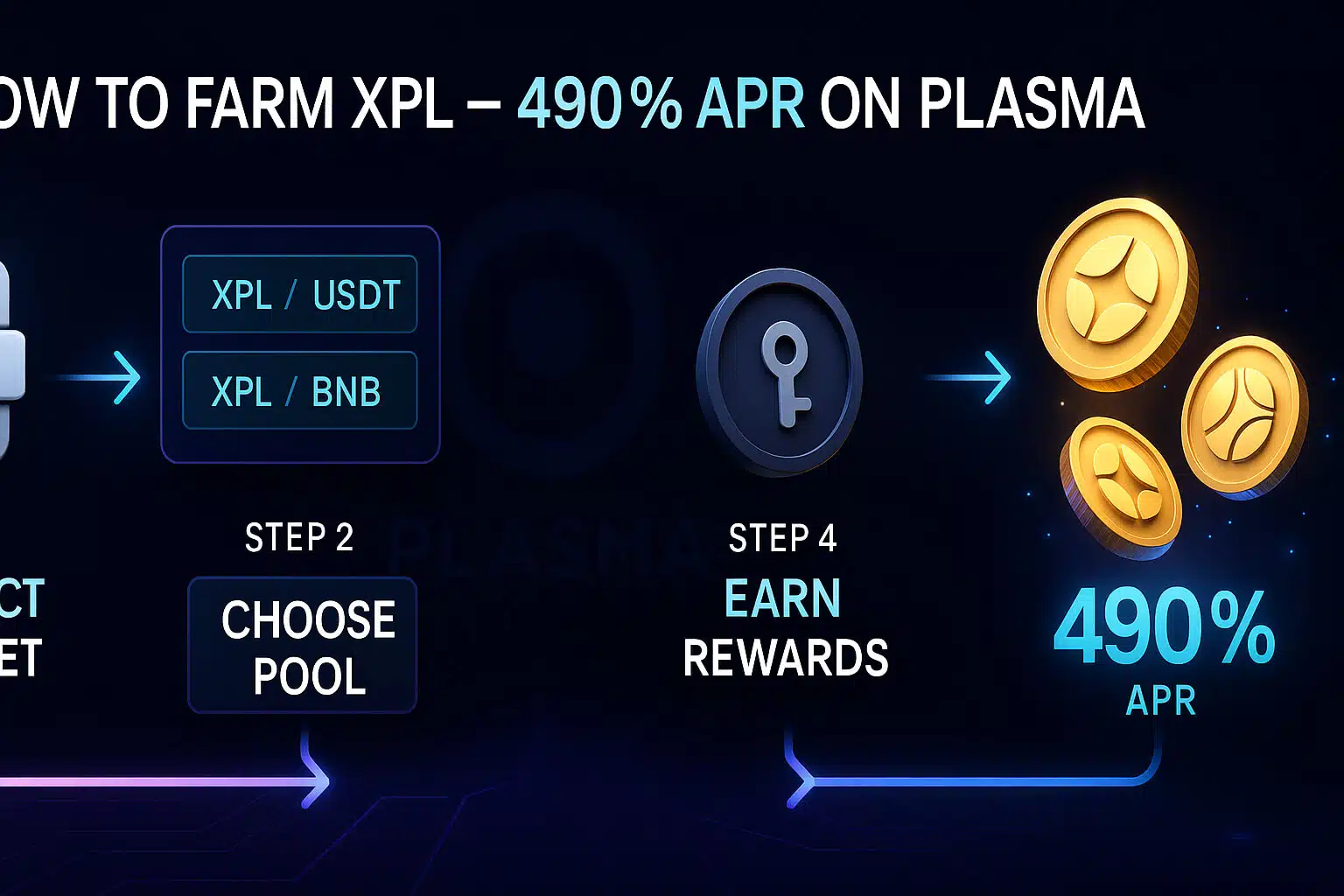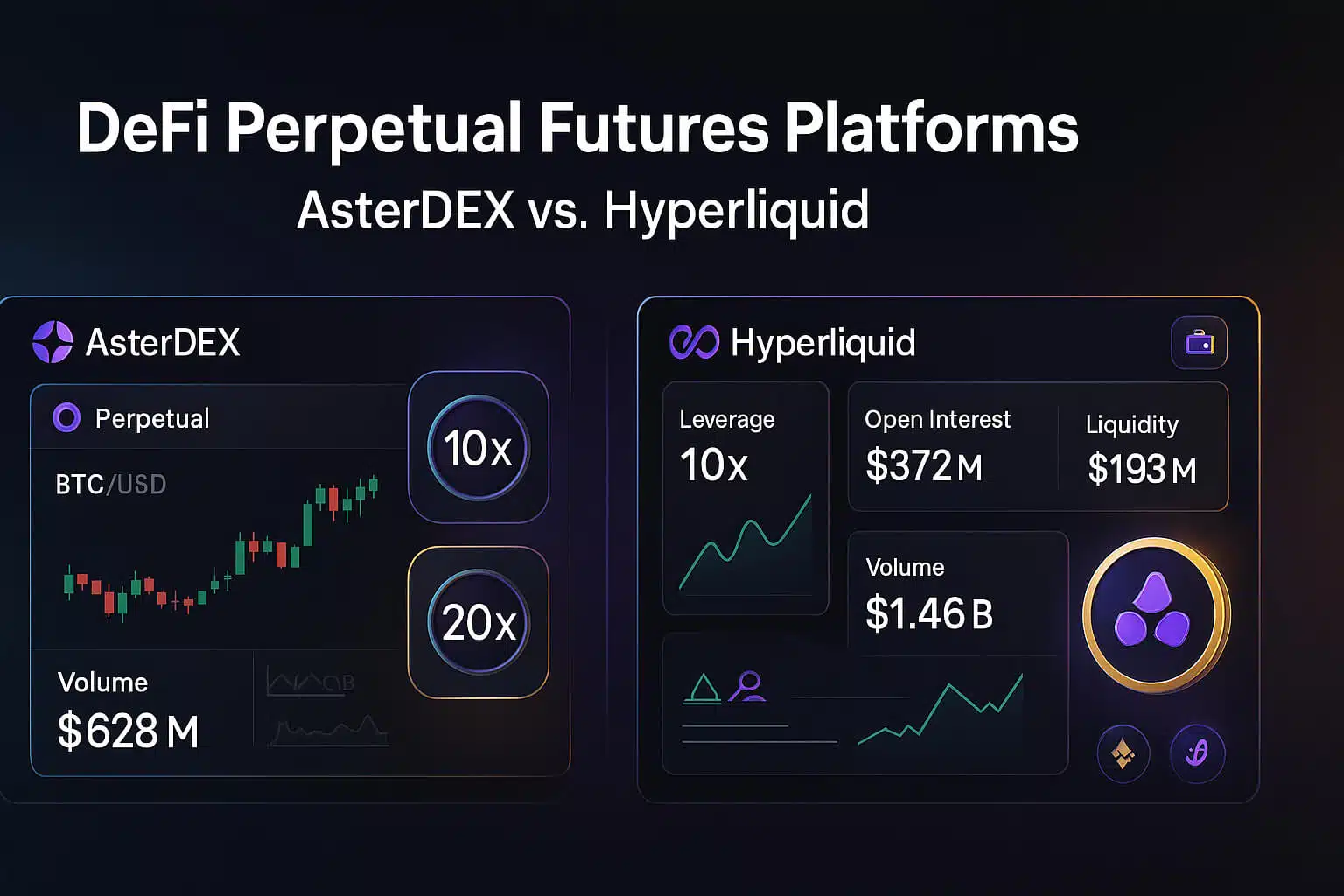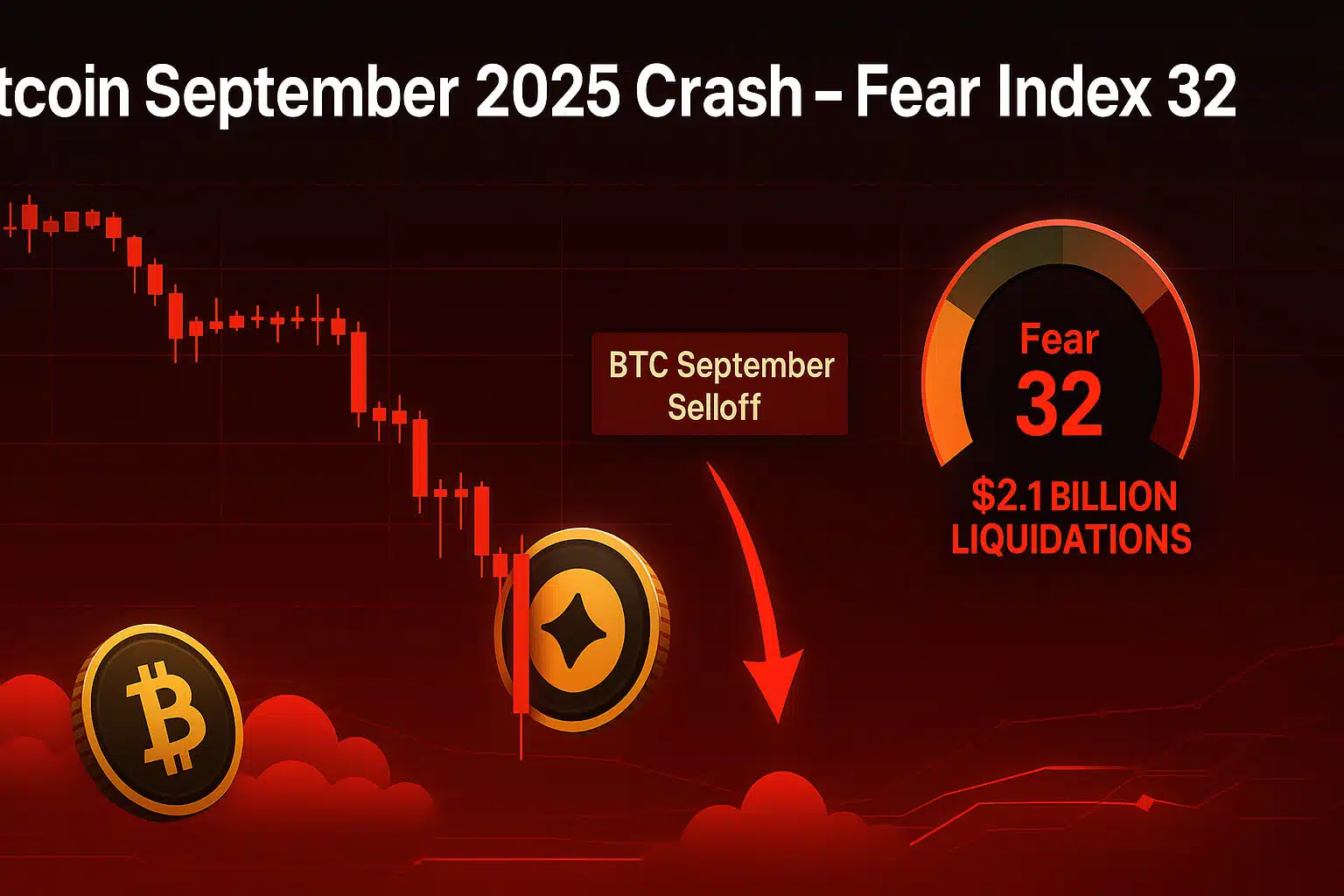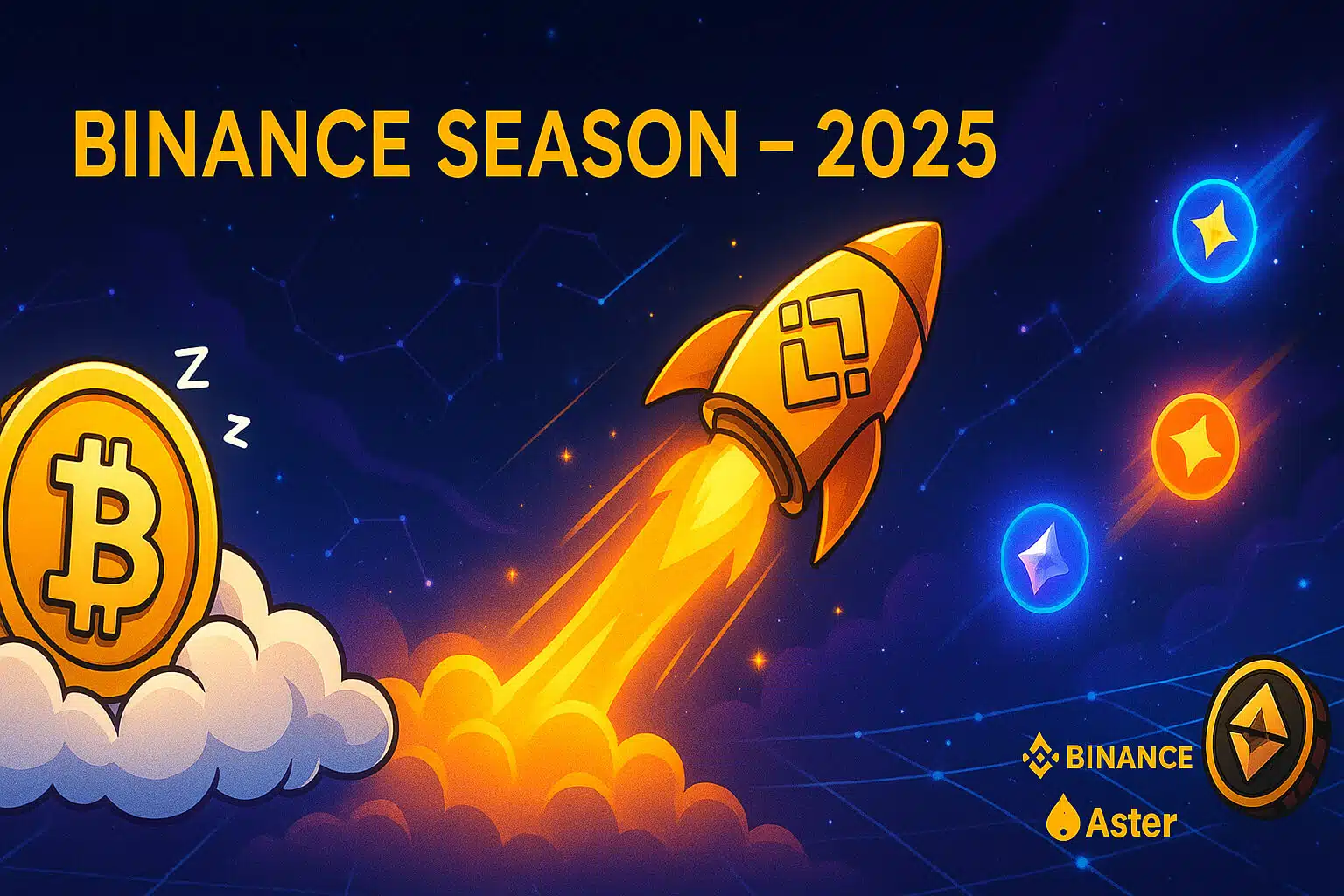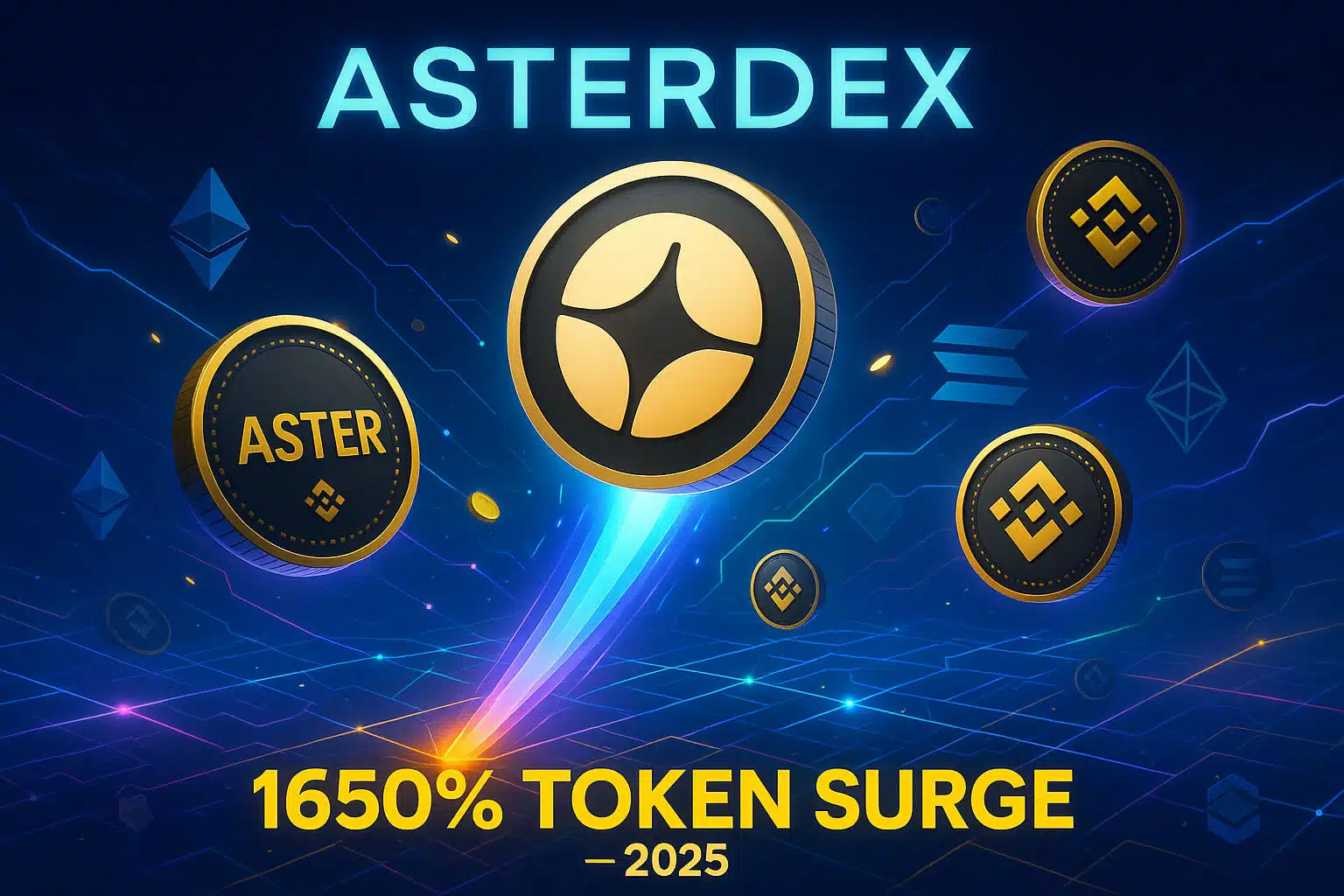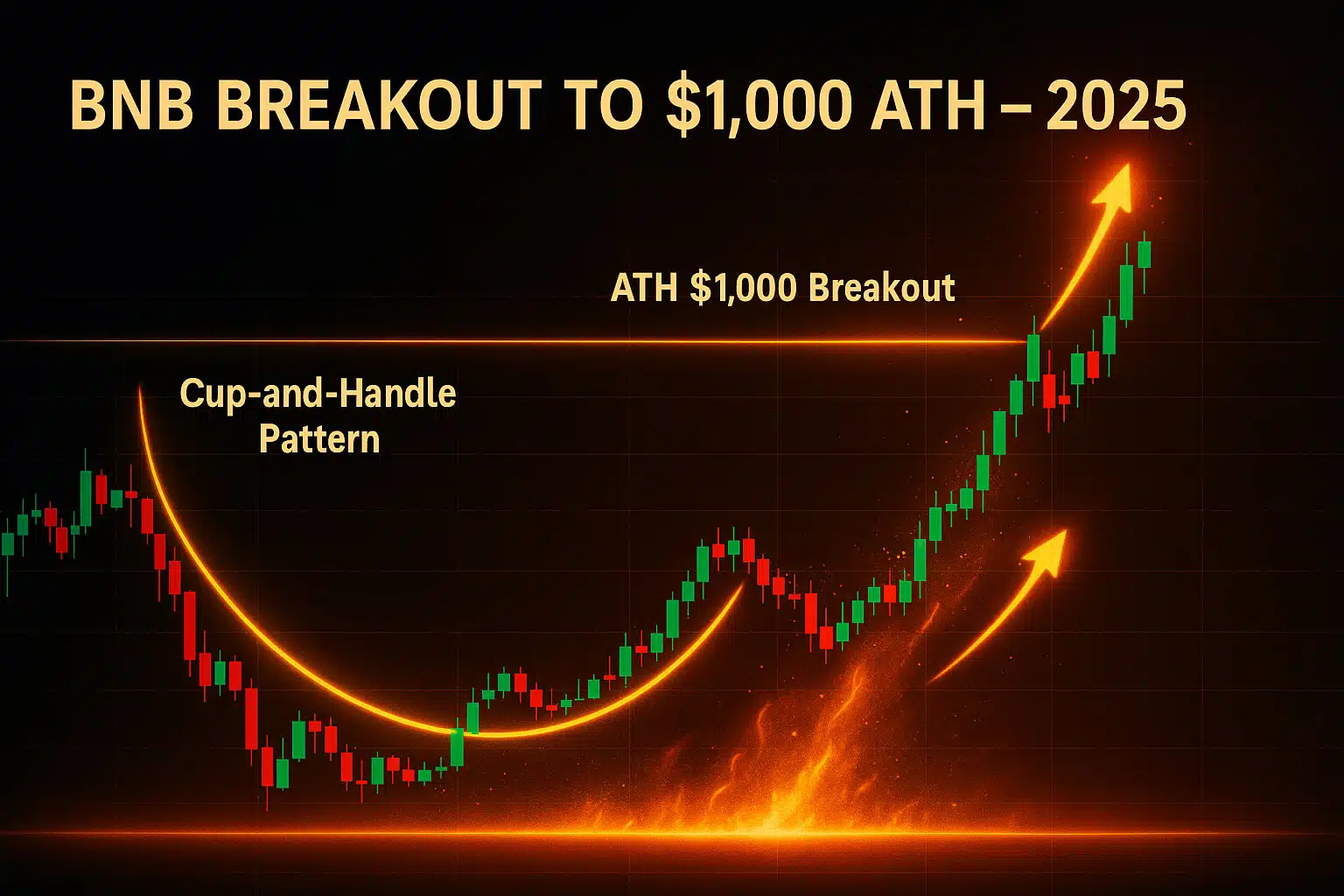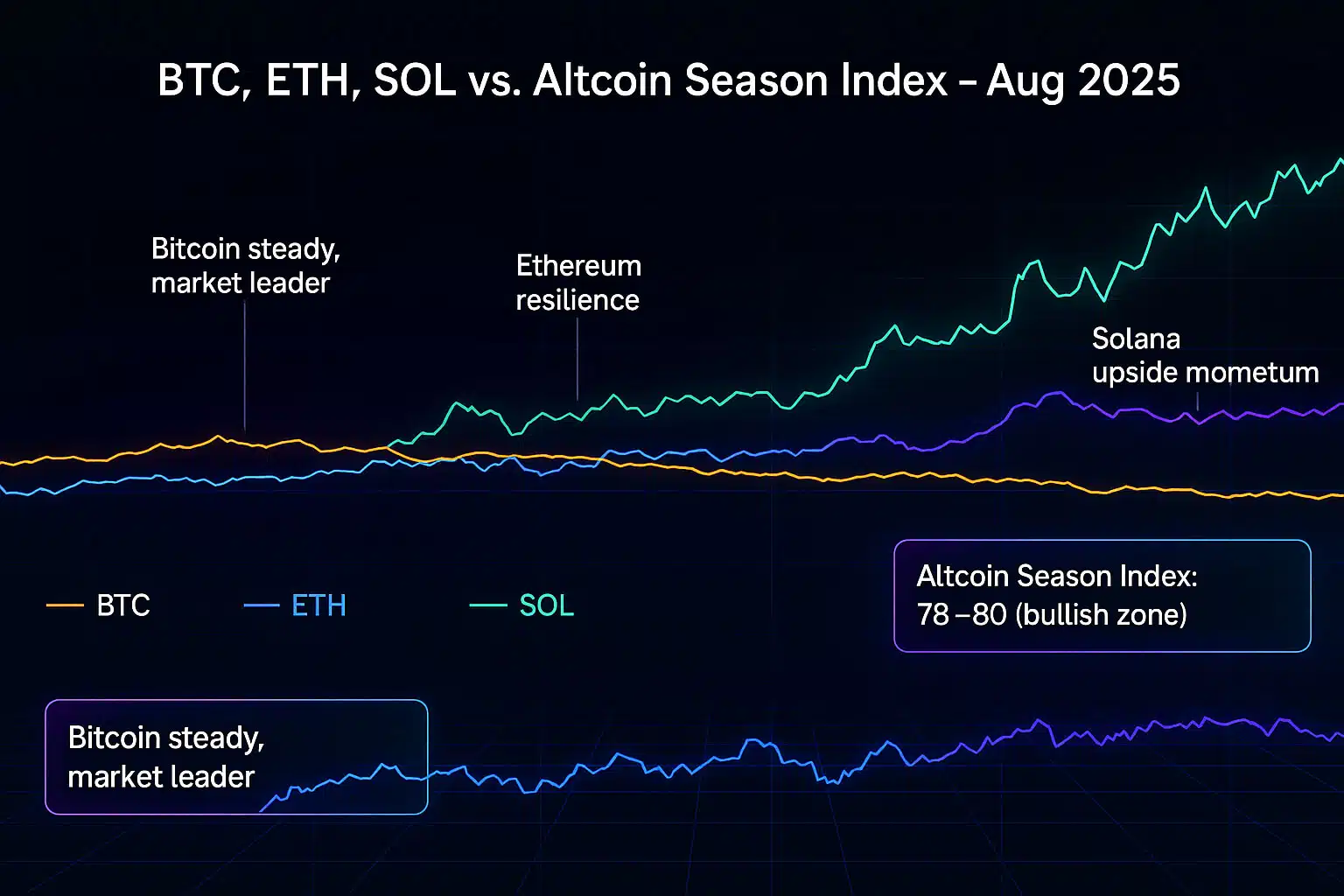In April 2025, a single post from Base on ZORA ignited a trading frenzy, and a fast collapse. What began as a creative use of onchain content became one of the most controversial moments in Web3 social monetization. The ZORA content coin controversy isn’t just about a $17 million market cap that vaporized in 20 minutes. It’s a cautionary tale about speculation, communication breakdowns, and the high-speed evolution of blockchain-based media.
Let’s break down exactly what happened, how ZORA’s tokenized post system works, and what creators, traders, and platforms must learn moving forward.
What is ZORA’s Content Coining Feature?
ZORA is an onchain social network that lets users create, mint, and monetize content in real-time. Each post becomes a tradable ERC-20 token, what they call a “content coin” with a fixed 1 billion token supply. Creators receive 10 million tokens by default and earn from trading fees when collectors buy, sell, or hold their posts. Essentially, it turns social content into liquid, tradable digital assets.
Unlike traditional NFTs, which are illiquid and auction-based, content coins tap into Uniswap’s automatic liquidity pools for immediate trading. This opens up exciting new ways for creators to earn, but also exposes these assets to speculation and volatility.
The Base Post That Broke the System
On April 16, 2025, Base a Layer 2 network developed by Coinbase posted a short phrase on ZORA: “Base is for everyone.” Within hours, ZORA’s coining mechanism kicked in. The post was minted over 2 million times. Its token, BASEISFOREVERYONE, surged to a $17 million market cap.
Then, it all collapsed.
In less than 20 minutes, the token’s value plummeted by 90%, triggering confusion across X (formerly Twitter). Some users called it a rug pull. Others accused Base and ZORA of orchestrating a pump and dump. Creators and traders alike began asking: Was this a glitch or a glimpse of what’s coming in tokenized content?

Reactions from the Community
The community response was intense and divided. Traders who minted early made huge profits; two wallets reportedly captured 21% of the supply for just 2 ETH, according to data posted by @g8_keep. Others were left holding worthless tokens minutes later.
@JasCrypto_ shared the moment the token hit $17 million before nuking 90%, adding that some snipers made over $300,000 in minutes. Meanwhile, voices like @__iamcharis stepped in to clarify: “It’s content, not a token launch.”
Base’s founder, Jesse Pollak, explained on X that content coins represent the post itself, not an official project token. ZORA echoed this sentiment, emphasizing that the point was artistic and social expression, not financial speculation.
A Broader Look: ZORA’s Content Coining in Action
ZORA’s system isn’t new. Several high-profile projects have used it for content engagement and monetization:
- Doodles minted 85,000 tokens for a studio launch post, generating over $150,000.
- Coinbase’s “Stand With Crypto” post was minted 165,000 times by 60,000 wallets.
- Uniswap posted four messages that brought in over $300,000 in mint sales.
- Azuki’s art-driven campaign led to 40 ETH in donations to the Arbitrum Foundation.
These examples show ZORA’s potential to power creative campaigns, but the Base incident made one thing clear: education and clarity are non-negotiable.
Key Lessons From the Controversy
- Speculation Comes Fast—And Falls Faster
ZORA’s content coins may not be designed for speculation, but the market will do what it does. Without clear guardrails or disclaimers, even casual posts can turn into multi-million-dollar flash bubbles.
- Users Need Education, Not Just Access
ZORA’s interface didn’t make it clear that content coins weren’t investment tokens. The result? A rush of buyers with inflated expectations. Platforms entering this space must balance innovation with responsible communication.
- The Creator Economy Has New Risks
The intent behind content coining is pure: give creators better control and compensation. However, if early buyers, bots, or insiders can outpace the average user, then creators may lose the value that’s meant for them.
Is This the Future of Social Media?
ZORA’s vision to financialize content is bold, and still evolving. Turning posts into tokens unlocks new monetization paths, but it also opens Pandora’s box. As platforms like ZORA walk the line between expression and speculation, the need for guardrails becomes obvious.
Creators must stay cautious. Traders should know what they’re buying. And platforms need to define whether their product is a feature, a fun experiment, or a financial instrument.

Final Thought
The Base post was meant to be an inclusive message. Ironically, it became a symbol of exclusion, where fast movers made money and slower users paid the price. Still, this doesn’t mean ZORA’s concept is flawed. In fact, it might be ahead of its time.
But with great power comes great volatility. For content coins to gain lasting trust, ZORA and similar platforms will need to communicate clearly, implement safeguards, and remember that not every viral moment should be monetized like a meme coin.
Stay Updated
For more insights and educational resources on crypto and Web3, explore the latest crypto airdrops and uncover exclusive opportunities waiting for you. Visit us at FreeCoins24.io/airdrops to start claiming today.
Stay informed with the latest strategies and updates in the world of cryptocurrency by following us on:




